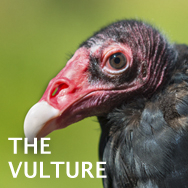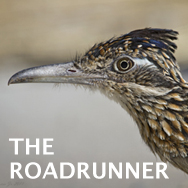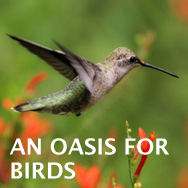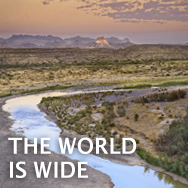

Join BirdNote tomorrow, November 30th!
Illustrator David Sibley and actor H. Jon Benjamin will face off in the bird illustration battle of the century during BirdNote's Year-end Celebration and Auction!
Big Bend National Park is compelling.
"It gets a hold on you," says one former ranger, "and it doesn't let go."
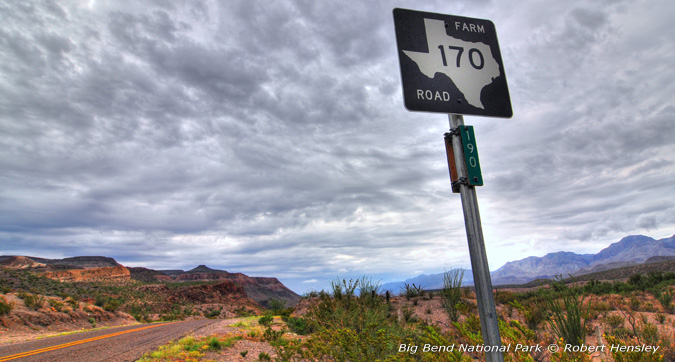
In this series of features, Alex Chadwick headed to Southwest Texas to find out just what it is that draws people to Big Bend, one of the most remote national parks in the entire United States. It's not just people either. 450 species of birds have been recorded in the park at one time or another, including roadrunners, Baird's Sparrows, and hummingbirds -- all of which play a role in Alex Chadwick's features. We hear the story of a roadrunner that didn't get the memo about the Baird's Sparrow being a rare, almost protected species; about the attractions of collecting data on hummingbirds and how for one naturalist, that practice connects all the way back to John James Audubon. And we hear about one woman's relationship with water in a place of challenging habitats.
September 2019 marked the 55th anniversary of the passage of the 1964 Wilderness Act. Since its signing, the act has led to more than 5% of the United States being designated as wilderness, of which Big Bend National Park in Southwest Texas is but one piece.
Produced by Katie Davis and recorded and mixed by Flawn Williams, the pieces are rich in sound.
##
This series was produced with generous funding from Deedie and Rusty Rose.

The history of Big Bend
First Lieutenant William H. C. Whiting, leader of the first topographical survey through Texas in 1849, is credited as being the first to use the name "Big Bend" in reference to the distinctive curve of the Rio Grande. In May 1933, Texas Canyons State Park was established; it was later renamed Big Bend State Park. In June 1944, Big Bend became a national park.
From archeological sites dating back nearly 10,000 years, to ranches and mining operations from the Twentieth Century, Big Bend can be a great place to "discover" history.
— National Park Service
Photo courtesy of eclectico63
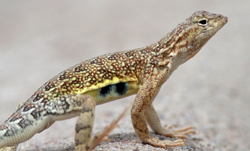
Look who's here ...
Big Bend is famous for its natural resources and spectacular geology. The park's varied array of habitats support more than 1,200 species of plants (including some 60 cacti species), 11 species of amphibians, 56 species of reptiles, 40 species of fish, 75 species of mammals, 450 species of birds, and about 3,600 species of insects. The park boasts more types of birds, bats, and cacti than any other national park in the United States. - National Park Service
Earless Lizard courtesy Patrick Coin
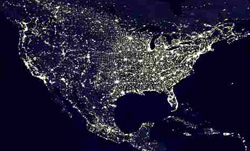
Star-gazing at Big Bend
Big Bend is known as one of the outstanding places in North America for star-gazing, in fact, it has the least light pollution of any other national park unit in the lower 48 states.
Recently, Big Bend National Park has begun the process of totally eliminating forms of light pollution to help visitors experience the wonders of a night sky free from modern intrusion. The installation of LED and shielded lighting is one of the steps to help insure that Big Bend National Park continues to be the best example of primeval night skies available today and for future generations. - National Park Service
Map courtesy of NASA

